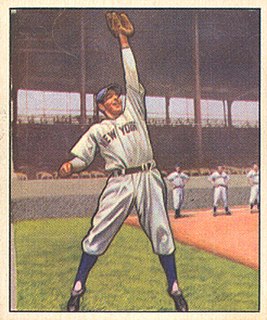This a list with brief descriptions of Topps trading card products for 1980. All sets listed are standard size unless noted.

This a list with brief descriptions of Topps trading card products for 1981. All sets listed are standard size unless noted.

This a list with brief descriptions of Topps trading card products for 1982. All sets listed are standard size unless noted.

This a list with brief descriptions of Topps trading card products for 1983. All sets listed are standard size unless noted.

This a list with brief descriptions of Topps trading card products for 1984. All sets listed are standard size unless noted.

This a list with brief descriptions of Topps trading card products for 1985. All sets listed are standard size unless noted.

This a list with brief descriptions of Topps trading card products for 1986. All sets listed are standard size unless noted.

This a list with brief descriptions of Topps trading card products for 1987. All sets listed are standard size unless noted.

This a list with brief descriptions of Topps trading card products for 1988. All sets listed are standard size unless noted.

This a list with brief descriptions of Topps trading card products for 1989. All sets listed are standard size unless noted.

This a list with brief descriptions of Topps trading card products for 1990. All sets listed are standard size unless noted.

This a list with brief descriptions of Topps trading card products for 1991. All cards listed are standard size. Exceptions are noted.

Despite a brief attempt by Fleer to sign baseball players in 1963, Topps continued its reign as the only major baseball card manufacturer in the United States. On the other hand, Football had more than one professional league in operation, allowing for competing companies to co-exist by producing a major national set for each league. Topps was able to produce National Football League sets from 1960 to 1963 while Fleer issued American Football League sets. Topps then began producing AFL sets from 1964 to 1967 while Philadelphia Gum issued NFL sets. Before the end of the decade Topps revived their basketball issue after a ten-year hiatus. The following is a list with brief descriptions of Topps sports card products for the 1960s. All cards listed are standard size(2½ × 3½ inches). Exceptions are noted.

The 1970s saw Topps go largely uncontested in the sports card market. The decade featured full runs of baseball, football, basketball, and hockey. Aside from issues like Kellogg's cereal premiums which ran throughout the 70s there was not much in the way of major national card manufacturers to compete with. Topps maintained its license agreement with O-Pee-Chee in baseball and hockey. The company would have significantly more ground to cover given the growth of the professional sports leagues during the decade. Major League Baseball added four new teams in 1969 and two in 1977; the National Football League added two teams in 1976; the National Basketball Association gained three in 1970, one in 1974, and the American Basketball Association picked up one in 1972; the National Hockey League acquired two teams in each of 1970, 1972, and 1974. Soccer also made the Topps roster in the 70s, producing English and Scottish 'Footballers' for distribution in the United Kingdom. Domestic soccer was not to be forgotten with a North American Soccer League sticker set in 1979. The following are trading card sets issued by Topps in the 1970s. All cards listed are standard size. Exceptions are noted.

This a list with brief descriptions of Topps trading card products for 1992. All cards listed are standard size. Exceptions are noted.

In the 1950s, Bowman Gum Company produced baseball and football cards from 1950 to 1955, continuing their post-war production that resumed in 1948. Bowman was the only major sports card manufacturer in 1950. The monopoly was short lived, as Topps Chewing Gum began producing cards in 1951. The rivalry lasted five years, punctuated by disputes over exclusive contracts with players. In 1956, faced with diminishing profits due to legal fees and increasing production costs, Bowman was bought out by Topps in 1956 for $200,000. The following provides a brief summary of trading card sets issued during the 1950s by Bowman.
This a list with brief descriptions of Topps trading card products for 1993. All cards listed are standard size. Exceptions are noted.
This is a list with brief descriptions of Topps sports card products for 1975.
This is a list with brief descriptions of Topps trading card products for 1996. All cards listed are standard size. Exceptions are noted.
















